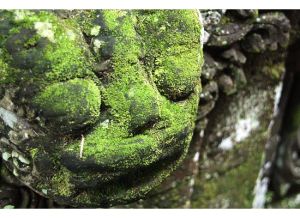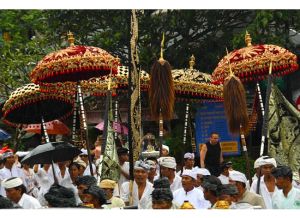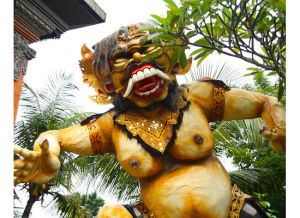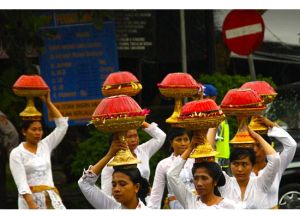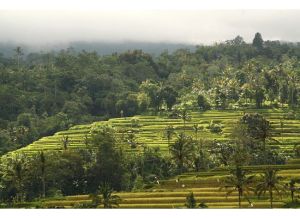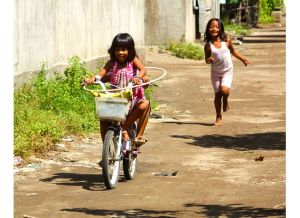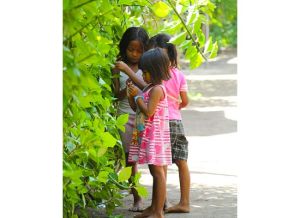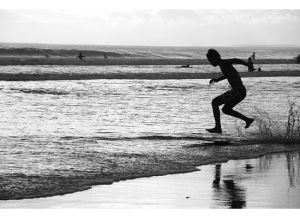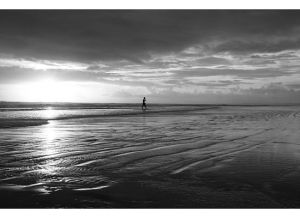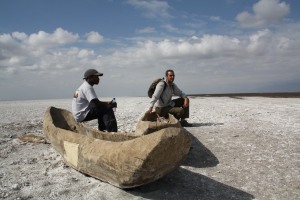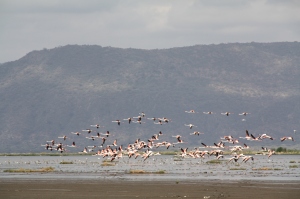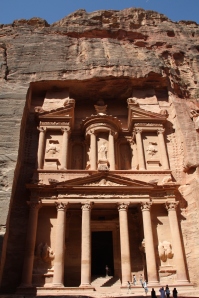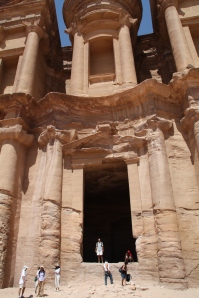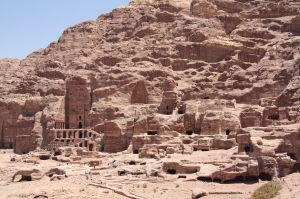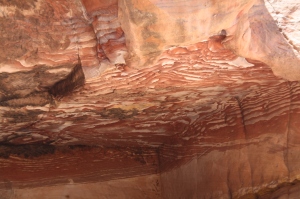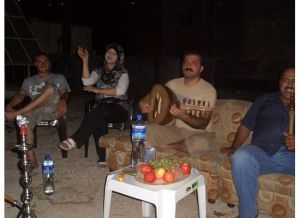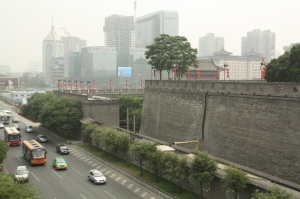I thought that I had a moderately respectable knowledge of Buddhism for a nonbeliever. Turns out I was wrong. Tibet taught me that I have woefully little understanding of Tibetan Buddhism. Apparently almost all of my prior knowledge to Zen and Theravada Buddhism and the Tibetan variety is markedly different.
We spent a lot of time in Tibet visiting temples and monasteries. I was constantly struck by how alive the religion felt. Visit a cathedral or even a monastery in Europe any time outside of Sunday mass and maybe you’ll see a handful of solitary believers lighting candles. More likely you’ll just see other tourists. Tibetan Buddhist monasteries and temples, on the other hand, were overflowing with monks devoted to study. Every day of the week, every time of day, pilgrims were everywhere, often having devoted large chunks of their lives walking there from isolated regions of Tibet (which is double the size of France!), as well as India, Nepal, and Mongolia. Pungent aromas of yak butter, fresh incense, and people – lots of them – permeated every space.
I was also struck by both the highly abstruse nature of the theology behind the religion, the elements of mysticism, and the almost pedantic application of a huge number of ancient rituals, from spinning prayer wheels to clockwise-only circumambulation, prayer beads, yak butter offerings, prayer flags, and prostration.
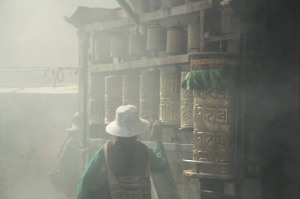
Spinning prayer wheels in the smoke of burning offerings, Lhasa, Tibet.
I’ve always had a hard time understanding the rules and rituals associated with all organized religions and this was no different. But with so many people participating in so many ancient rituals you couldn’t help but feel you were witness to living history, which is an amazing thing to see.
However, what struck me most about our time in Tibet was the militarization of the monasteries, and of the region as a whole. Beijing has always kept a close eye on the Tibetan Autonomous Region, and in the wake of the 2008 unrest, the entire area was closed to foreign tourists. Tibet has since “re-opened” to foreign tourists, but with more stringent permit requirements, and only on the condition that you travel with a registered private guide or an organized tour. Independent travel remains almost impossible and very risky for foreigners.
Many monasteries were outfitted with video surveillance cameras and armed guards, courtesy of the Chinese government. The huge entry fees associated with most of the sites went almost entirely to Beijing, surely to pay for the “security” provided. Lhasa was jammed with soldiers. Nearly every intersection had a guard station manned by 4-8 soldiers.
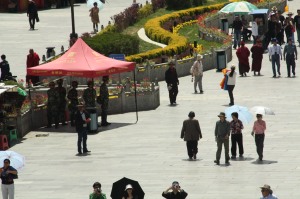
Military station on the street in Lhasa, Tibet
Rooftops were littered with pairs of soldiers outfitted with binoculars, video cameras, and large, precision automatic rifles, constantly surveying the activity below.
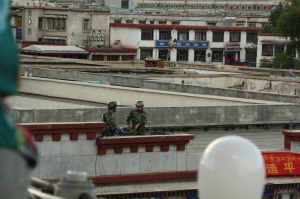
Rooftop guards, Lhasa, Tibet
At the Ganden Monastery, on a deserted hillside about 40 kilometers outside of Lhasa, the Chinese government is constructing an adjacent military base. The new buildings, atop a barren mountain with absolutely nothing around for miles, directly abut the 600 year old monastery walls. With nothing around, there is no reason they couldn’t have built a couple hundred yards off to the side.
Yet, Tibetans seem undeterred. A close family member of our guide, for example, has been in jail for several years for speaking out against the government. Despite government regulations vastly limiting the number of monks allowed in residence, many hundreds still take their vows in each monastery (down from thousands of monks in residence before the regulations). People trek for hundreds of miles to attend religious festivals and make offering at sacred lakes.
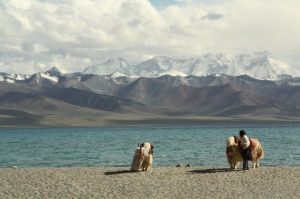
Yaks feeding alongside the holy Lake Nam'tso
Through the Himalayas mostly at altitudes of more than 3500m, this is no easy trekking.
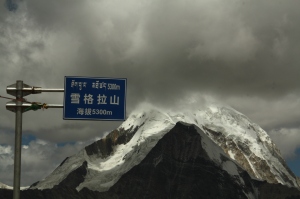
The highest pass we experienced in Tibet - 5300m / 17,390ft - even higher than Everest Base Camp!
We were frustrated by the fact that so much of our tourist money was going to the government, undoubtedly to fund the “regulation” and “monitoring” of the area. However, there were enormous numbers of Chinese tourists in Tibet – exponentially more than foreign tourists. I like to hope that the government will come around and see the tourist interest in the culture, religion and geography of Tibet as reason to actively preserve the culture rather than systematically dismantle it (obviously the culture and religion are worth preserving for reasons far more important and fundamental than as a tourist curiosity, but I’m less concerned about the Chinese government’s motivations than about the end result). Unfortunately, based on the number of army caravans we saw going in as we headed down from the plateau, I’m not so sure.
